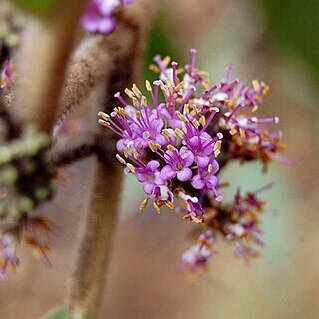| Therapeutic use
|
Toothache (bark), Wounds and injuries (bark), Analgesics (flower), Antipyretics (flower), Bites and stings (flower), Colic (flower), Diabetes mellitus (flower), Diarrhea (flower), Dysentery (flower), Dyspepsia (flower), Fatigue (flower), Fever (flower), Flatulence (flower), Headache (flower), Hemoptysis (flower), Hemorrhage (flower), Hemostatics (flower), Hyperhidrosis (flower), Infection (flower), Pain (flower), Skin diseases (flower), Ulcer (flower), Vomiting (flower), Rheumatoid arthritis (flower), Acne vulgaris (fruit), Analgesics (fruit), Antipyretics (fruit), Bites and stings (fruit), Colic (fruit), Diabetes mellitus (fruit), Diarrhea (fruit), Dizziness (fruit), Dysentery (fruit), Dyspepsia (fruit), Fatigue (fruit), Fever (fruit), Flatulence (fruit), Headache (fruit), Hematologic diseases (fruit), Hemoptysis (fruit), Hemorrhage (fruit), Hemostatics (fruit), Hyperhidrosis (fruit), Infection (fruit), Mouth diseases (fruit), Nervous system diseases (fruit), Pain (fruit), Pharyngitis (fruit), Skin diseases (fruit), Stomatitis, aphthous (fruit), Sweating (fruit), Tongue diseases (fruit), Ulcer (fruit), Vomiting (fruit), Rheumatoid arthritis (fruit), Antirheumatic agents (leaf), Arthralgia (leaf), Gout (leaf), Headache (leaf), Joint diseases (leaf), Appetite stimulants (root), Appetite stimulants (seed), Blister (seed), Diuretics (seed), Furunculosis (seed), Leprosy (seed), Oral ulcer (seed), Stomatitis (seed), Dysentery (unspecified), Rheumatism (unspecified), Stomach (unspecified), Anodyne (unspecified), Stomatitis (unspecified), Glossitis (unspecified), Sore (unspecified), Ache(Stomach) (unspecified), Colic (unspecified), Diabetes mellitus (unspecified), Diarrhea (unspecified), Dyspepsia (unspecified), Erysipelas (unspecified), Fever (unspecified), Headache (unspecified), Hemoptysis (unspecified), Skin diseases (unspecified), Stomatitis, aphthous (unspecified), Tongue diseases (unspecified), Vomiting (unspecified), Rheumatoid arthritis (unspecified), Antifungal agents (whole plant excluding root), Fever (wood), Oral ulcer (wood), Stomach diseases (wood), Stomatitis, aphthous (wood), Tongue diseases (wood), Wounds and injuries (wood)
|


